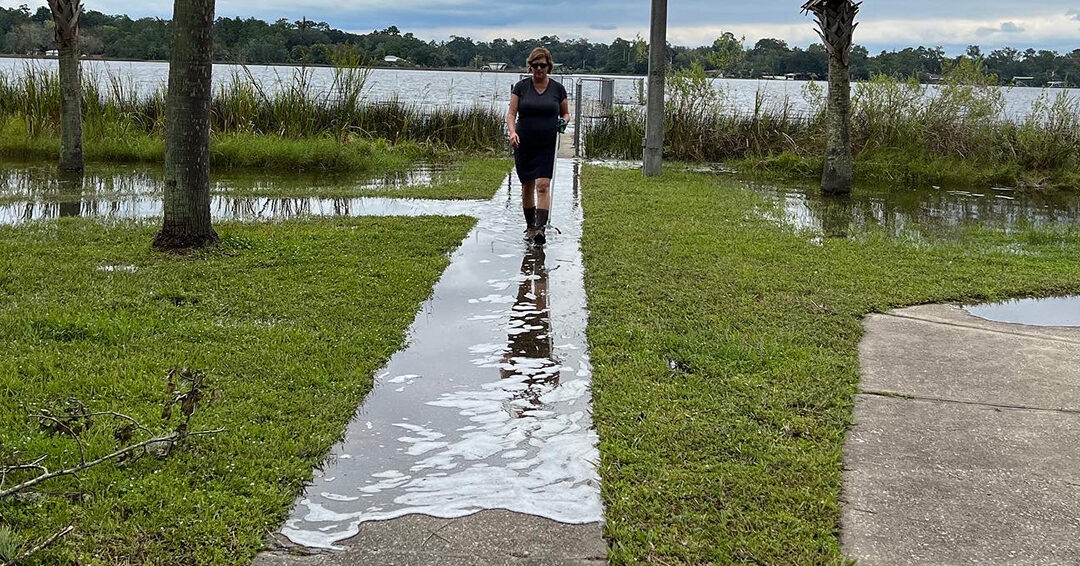Earlier this week, the National Oceanic and Atmospheric Administration’s (NOAA) Climate Prediction Center increased their prediction for the rest of the 2023 Atlantic hurricane season from a near-normal level of activity to above normal.
In an NOAA statement, scientists updated the 2023 outlook to predict between 14 and 21 named storms with winds of 39 mph or greater. Of these, six to 11 could become hurricanes with winds of 74 mph or greater. Two to five of these could become major hurricanes with winds of 111 mph or greater.
“Forecasters believe that current ocean and atmospheric conditions, such as record-warm Atlantic surface water temperatures, are likely to counterbalance the usually limiting atmospheric conditions associated with the ongoing El Nino event,” NOAA said in its statement.
You can view NOAA’s Seven-Day Graphical Tropical Weather Outlook here.
Unfortunately, climate change is contributing to the increase in water temperatures and atmospheric moisture that is leading to more intense storms, stormwater runoff, and and algae blooms that can be highly toxic threatening our health. As a result, water quality and the health of the river are degraded, preventing the regrowth of submerged grasses in our river and reducing critical habitat for fish and wildlife. Warmer waters also hold less dissolved oxygen, which can lead to fish kills.
We can all do our part by conserving energy and ensuring that our city and state leaders take aggressive steps to reduce Greenhouse Gas (GHG) emissions and adapt to the impacts of a warming planet. This includes investing in green infrastructure, implementing resilience policies, replacing coal electric generation with renewable energy, and protecting the forests, wetlands and saltmarshes that sequester carbon and protect our communities from flooding and storm surge.
Storm Preparedness for Your Family
As we enter prime hurricane season, it is critical that we all take steps to protect our families, our homes, and our businesses.
Check out this Emergency Supply Kit checklist form the City of Jacksonville.
Check out this Make a Plan emergency checklist from Seminole County.
Check out this flood preparedness document from Volusia County.
Tributary Health in Your Neighborhood
It is also important that we protect our river and its tributaries from unnecessary harm.
Here are simple river-friendly tips to add to your hurricane preparedness check list:
- Secure any chemicals, fertilizers or pesticides in your garage or shed in an elevated position that is not subject to flooding, so they cannot leak into our storm drains and waterways.
- Make sure storm drains around your home are clear of debris.
These simple measures will help prevent future harmful algae outbreaks by reducing nutrient pollution in our waterways. If you don’t already know, check out Google maps to find the closest waterway to your house. You may have a small creek that stormwater around your house leads to, which flows into a larger waterway and eventually the St. Johns River! You can help bolster the health of the St. Johns with simple river-friendly actions around your own home.
Stay safe!
